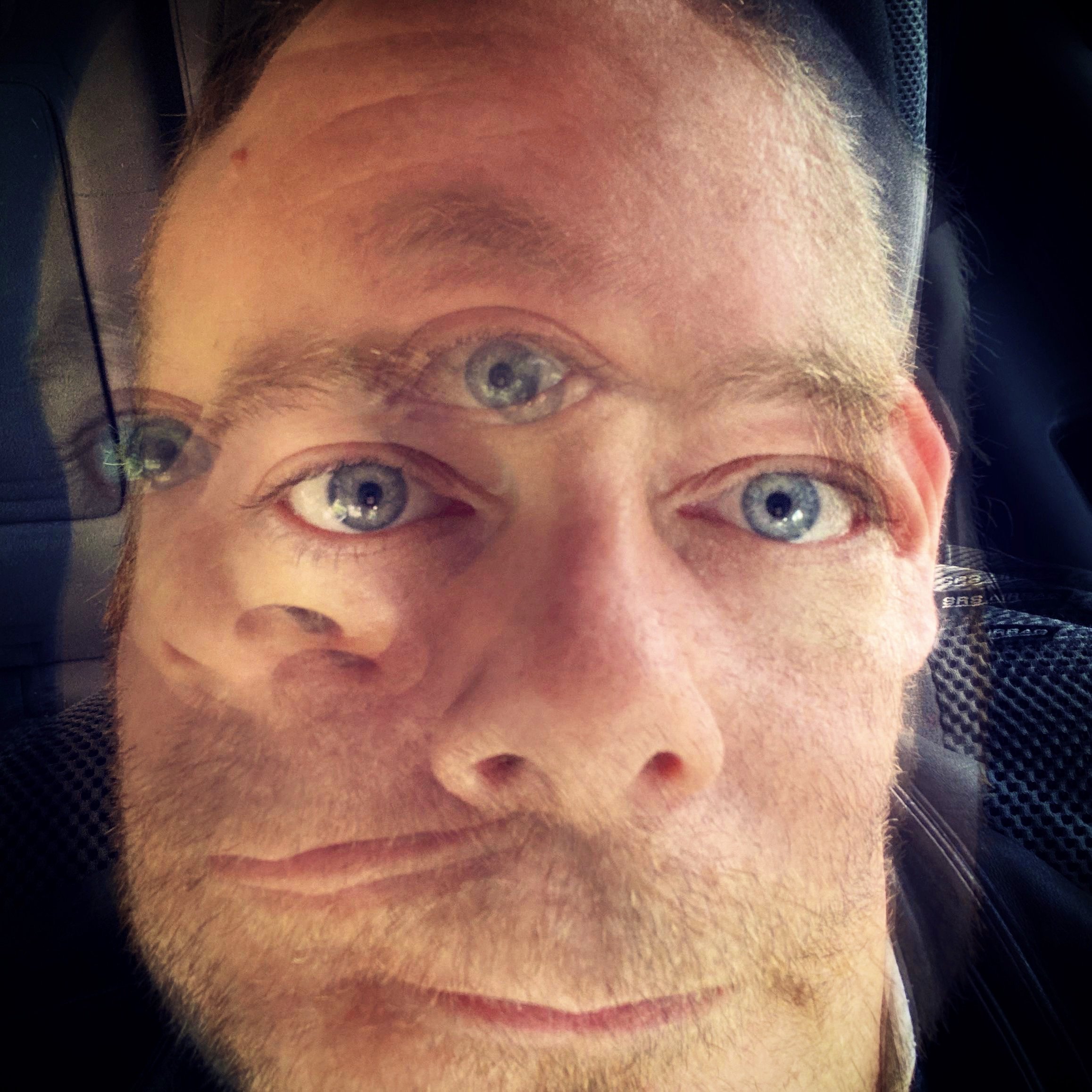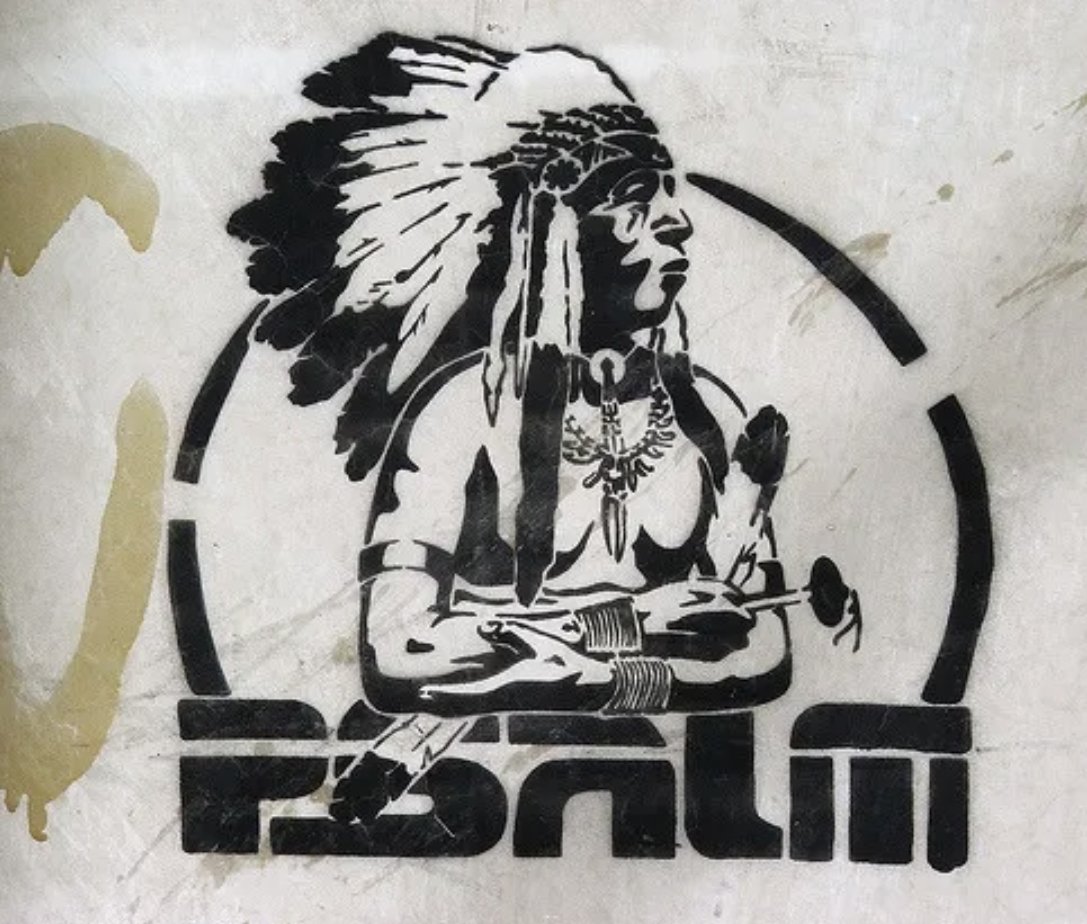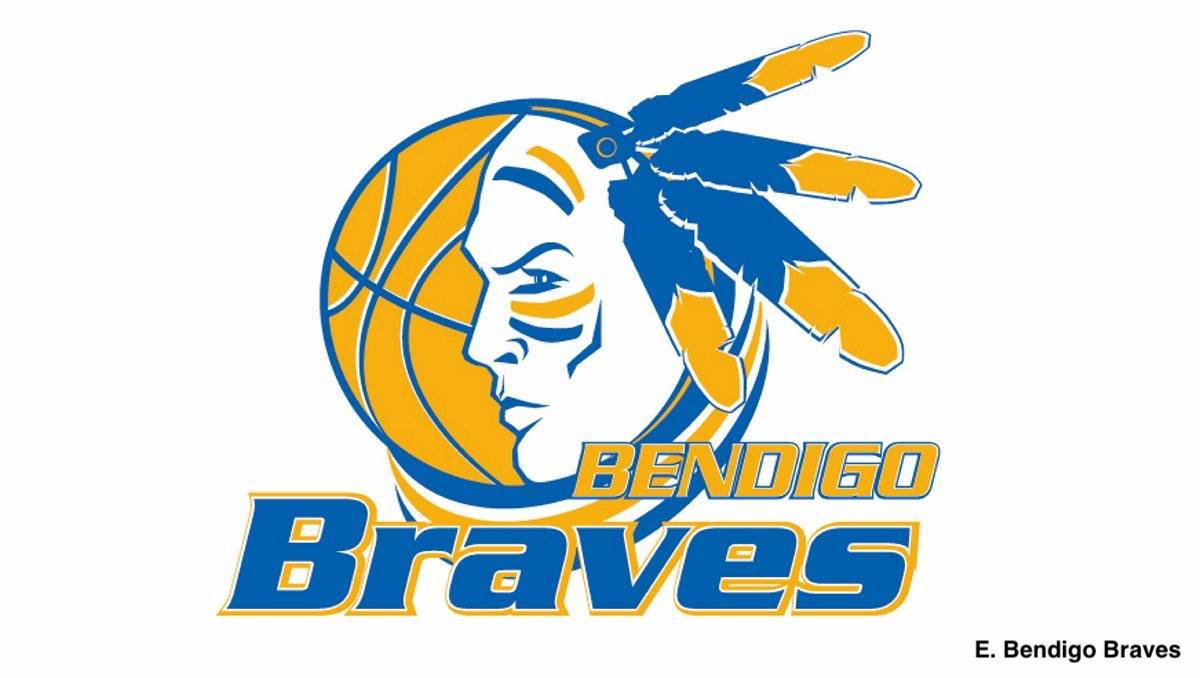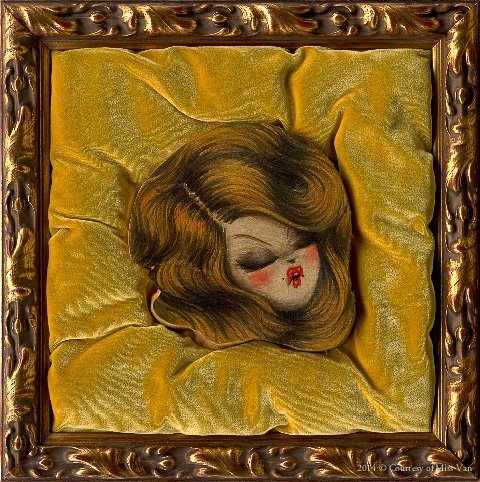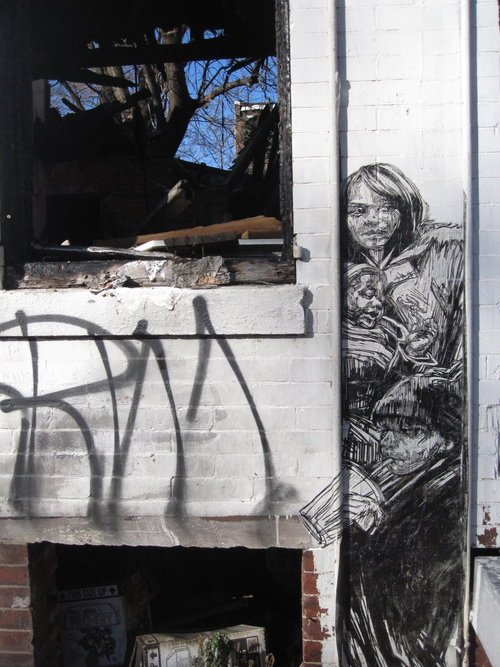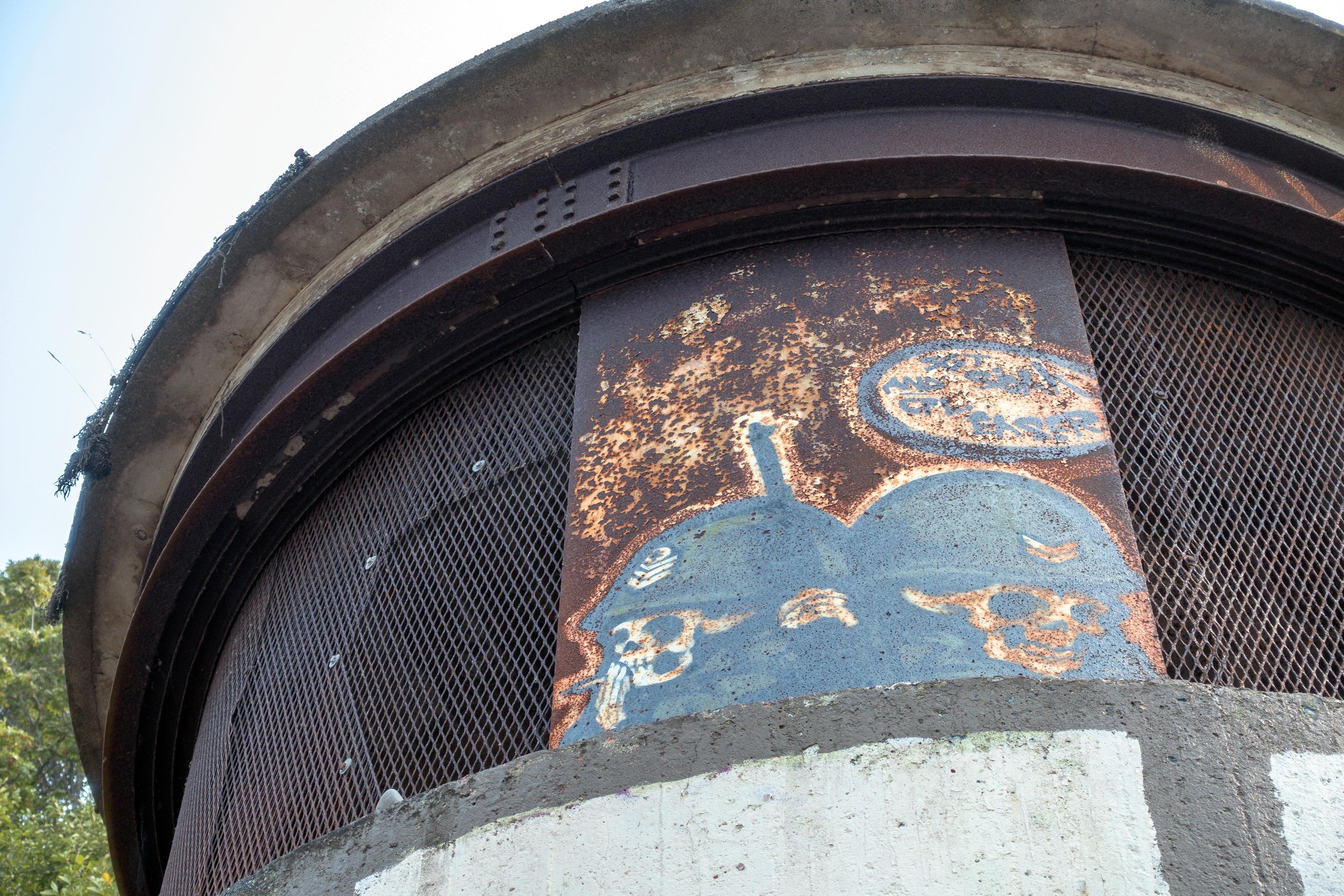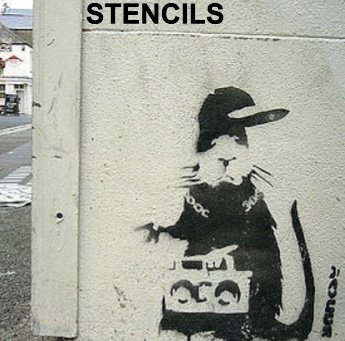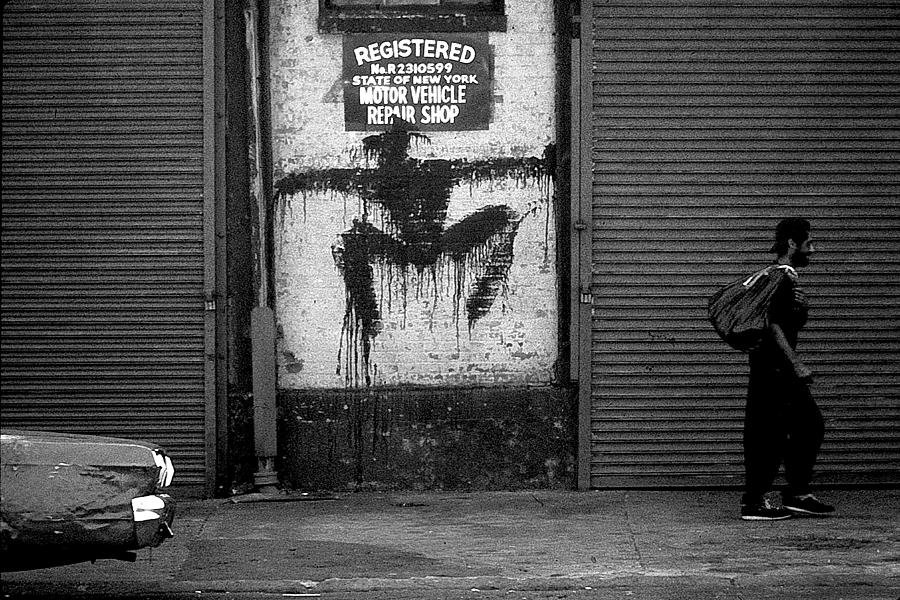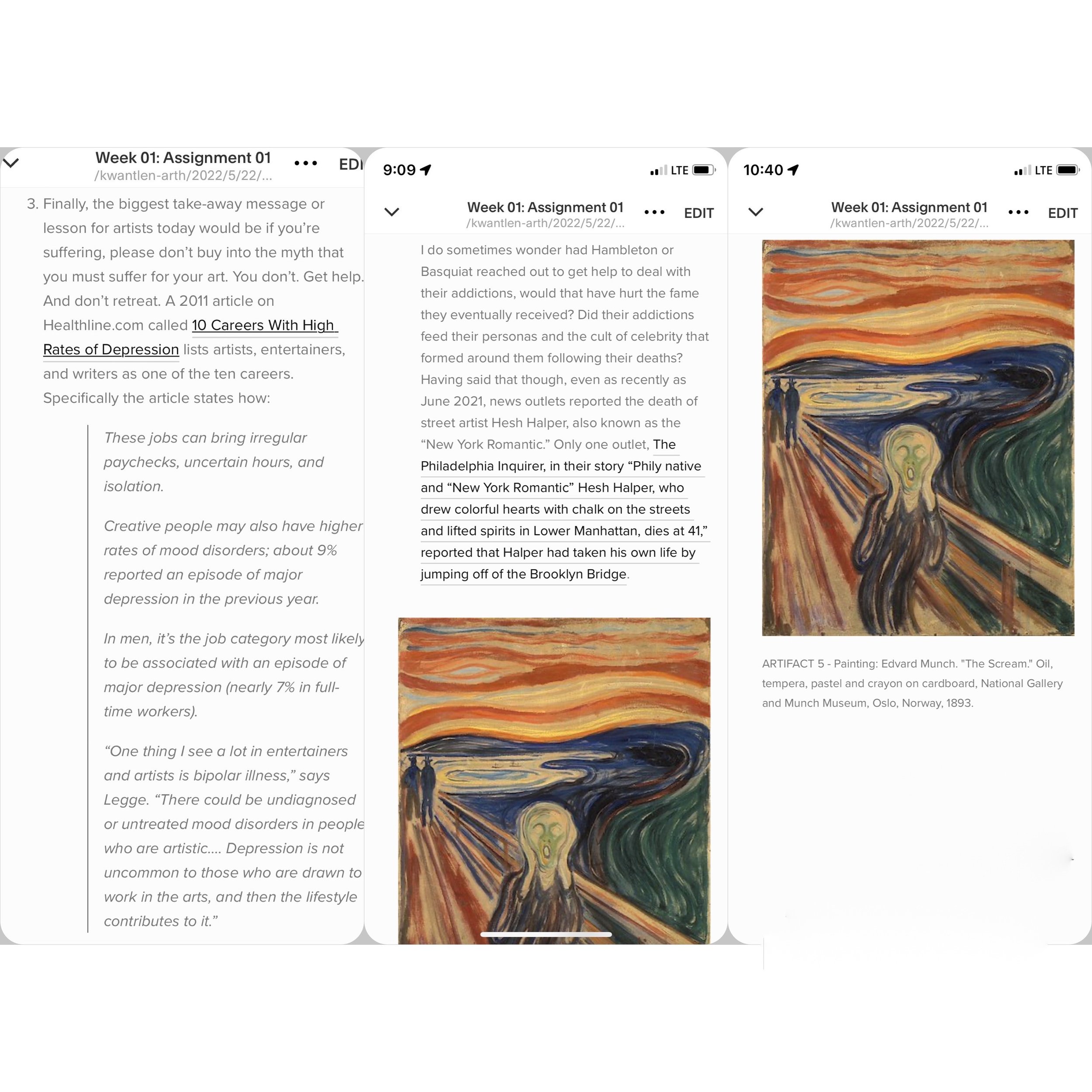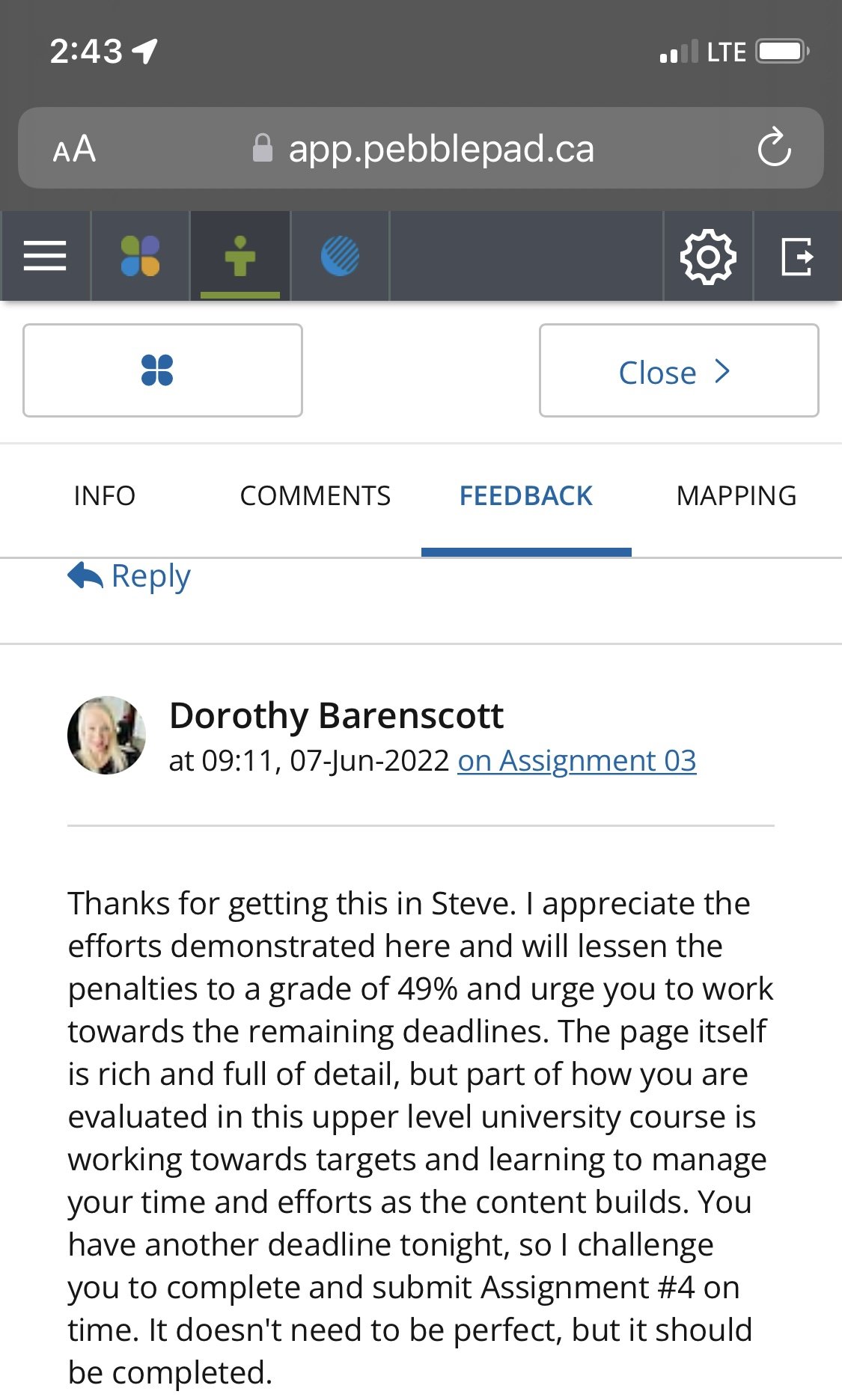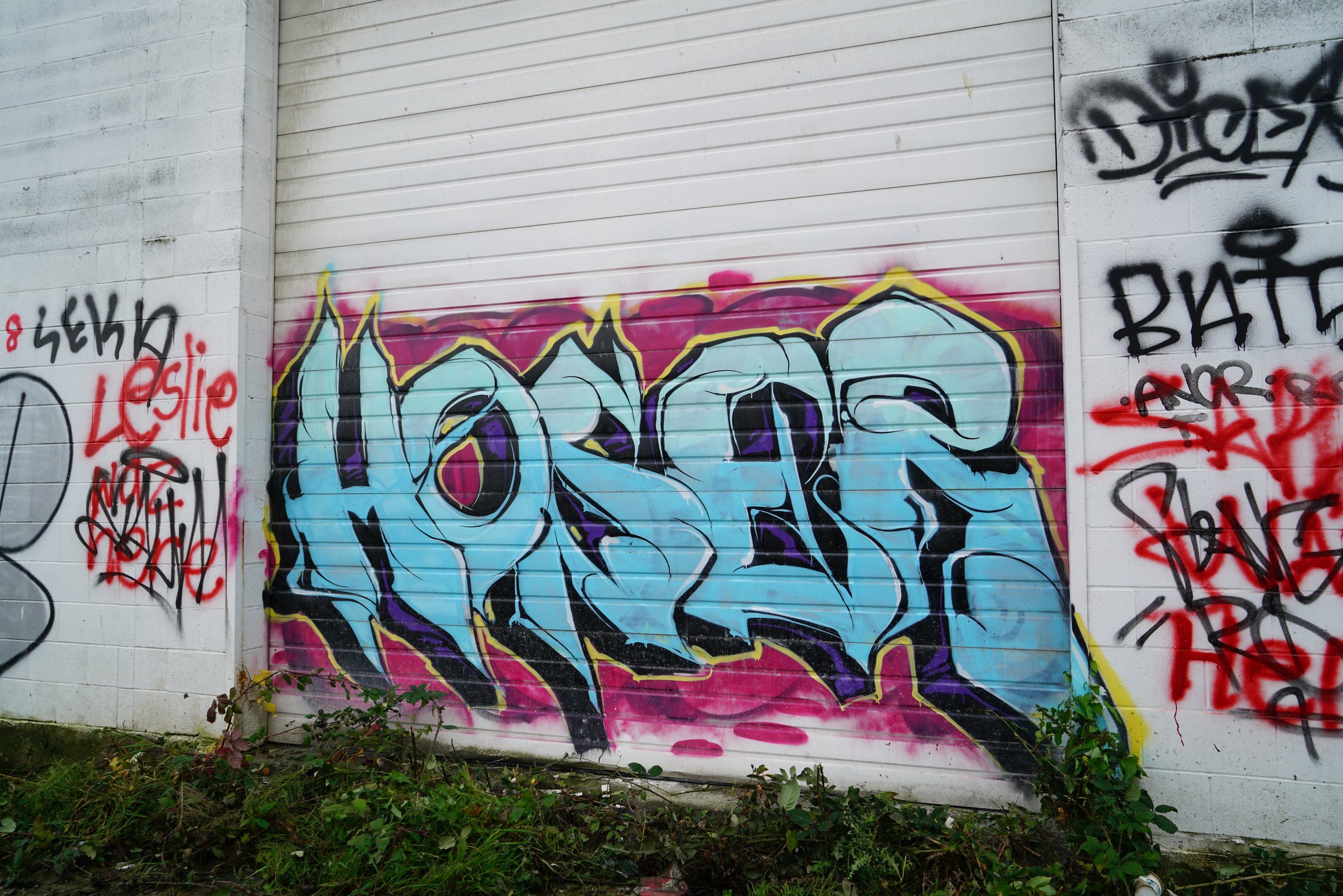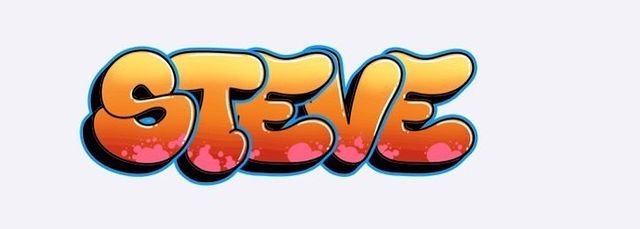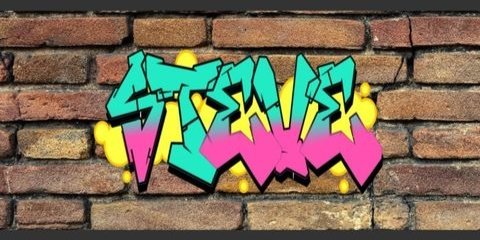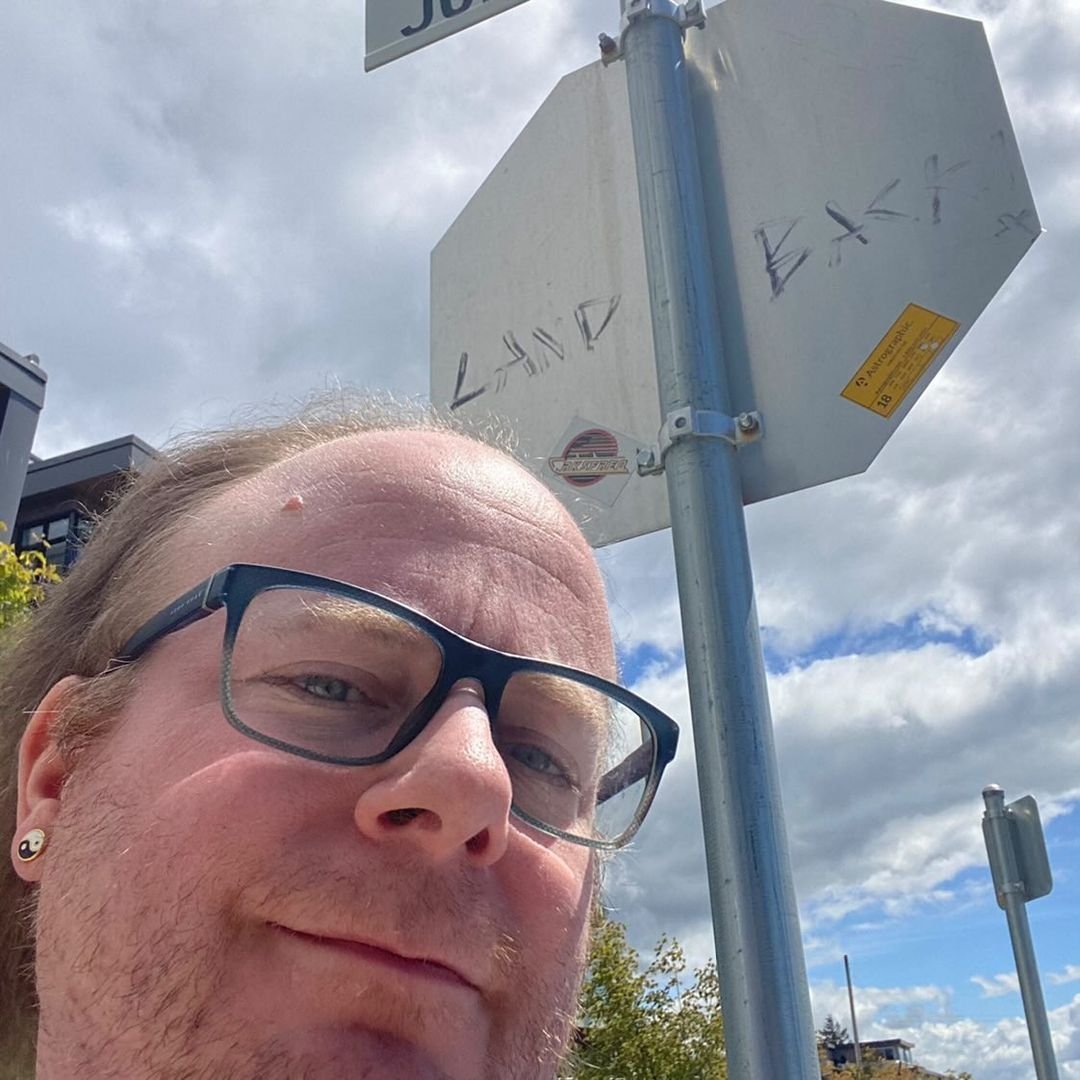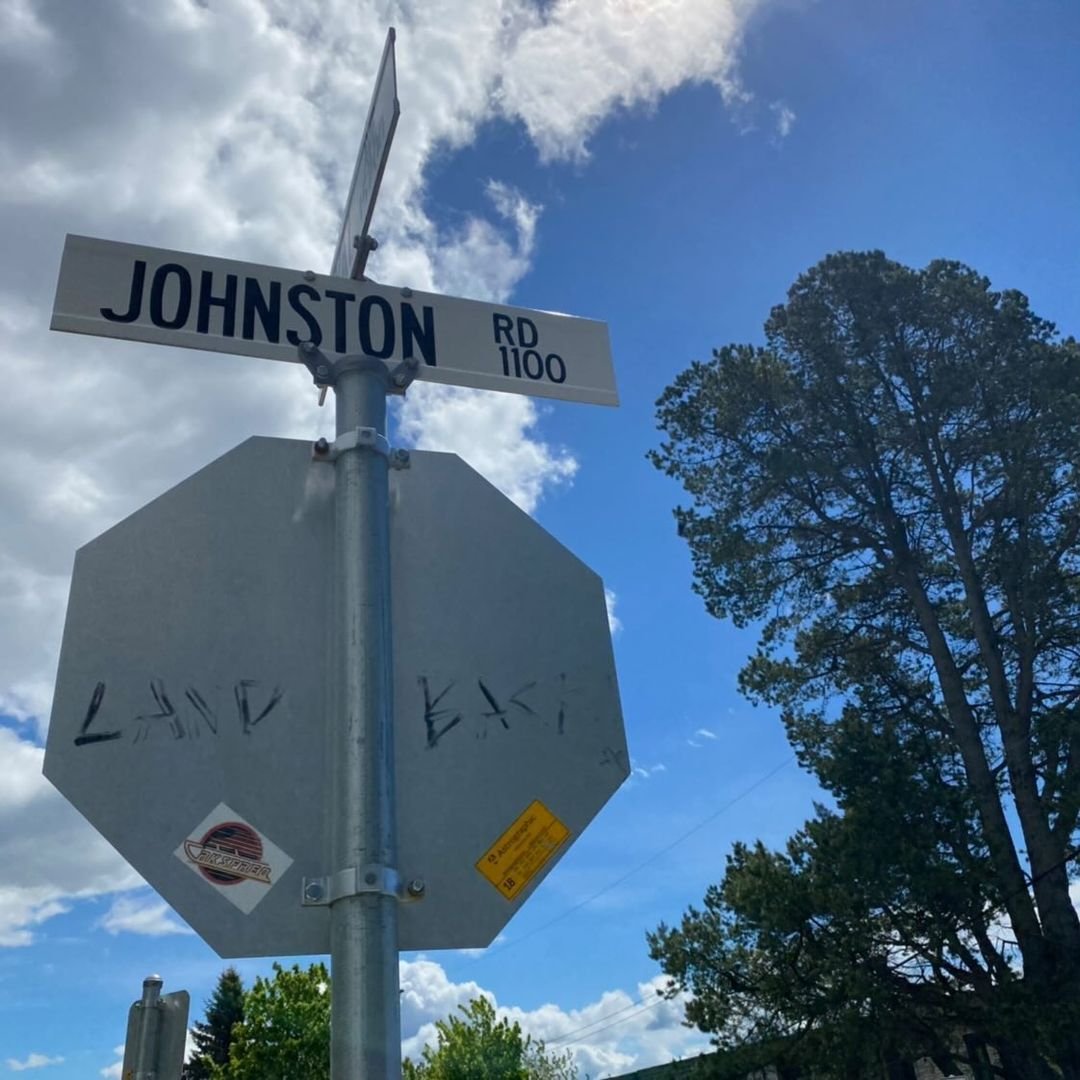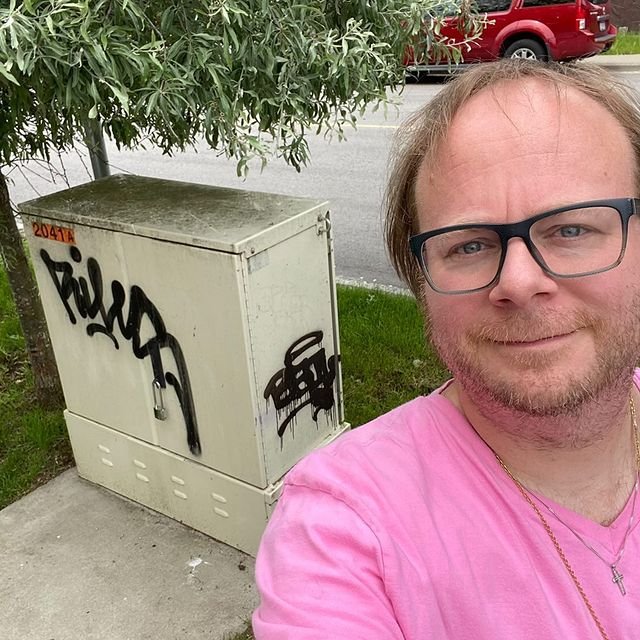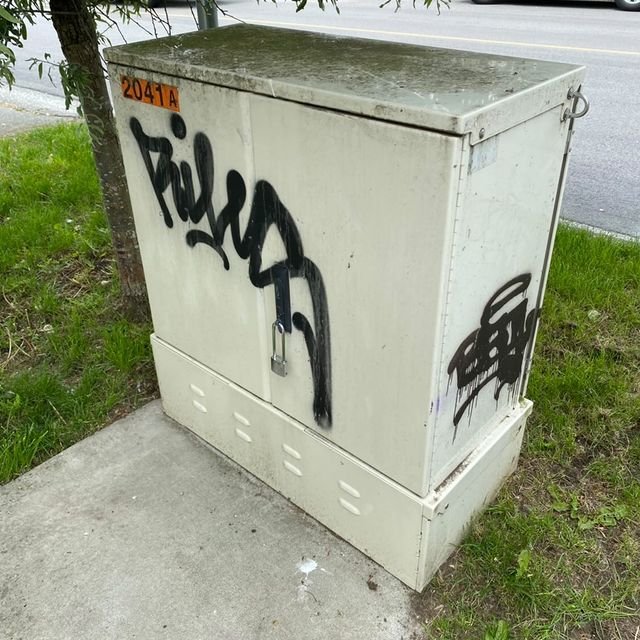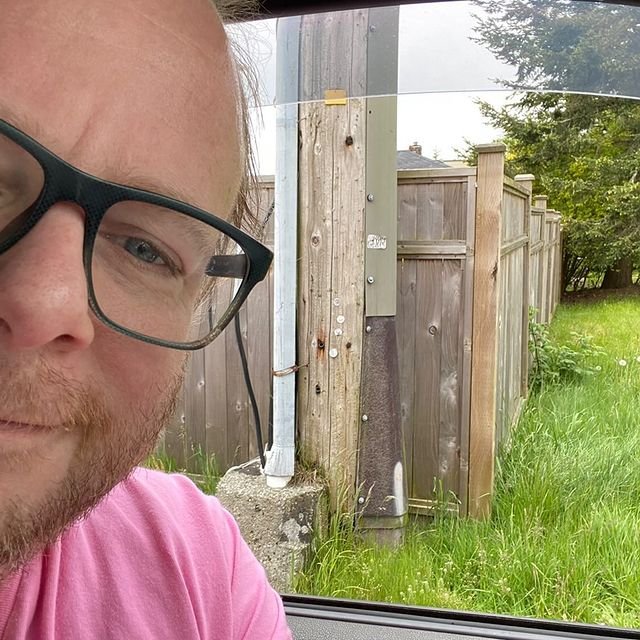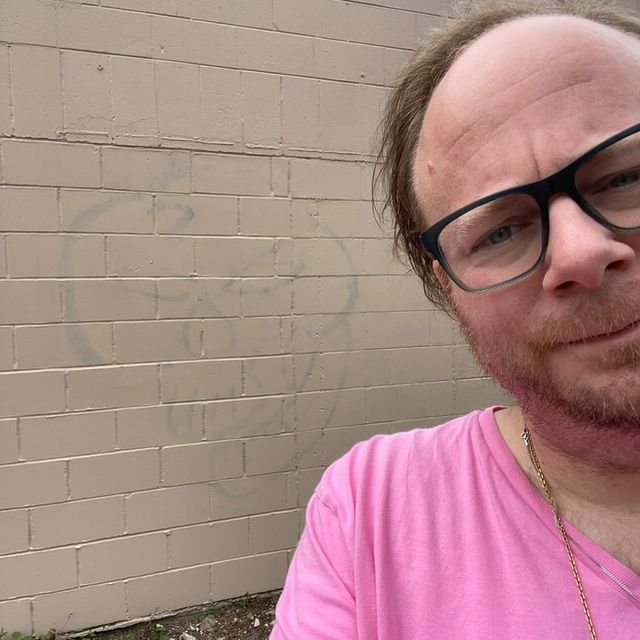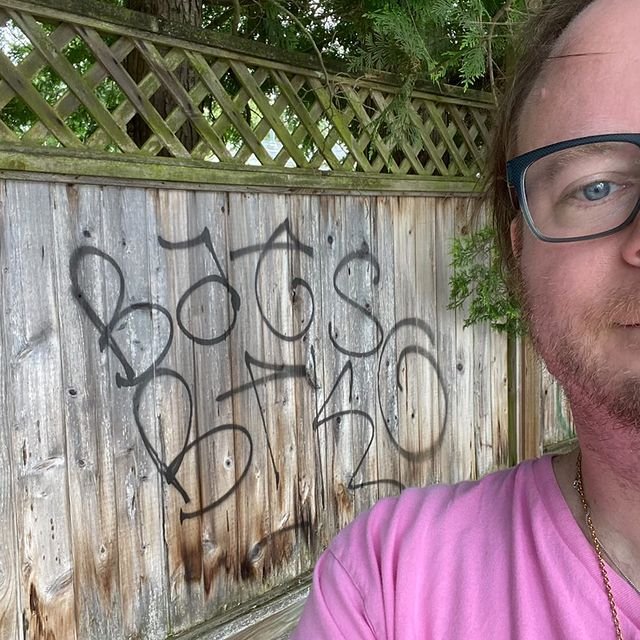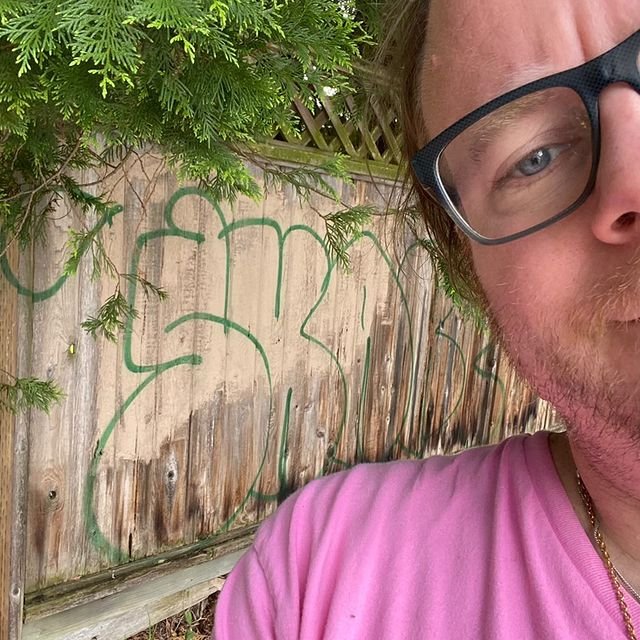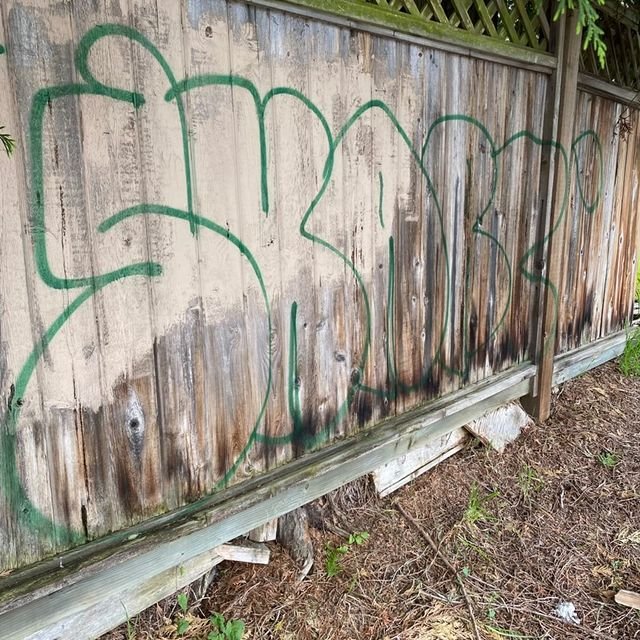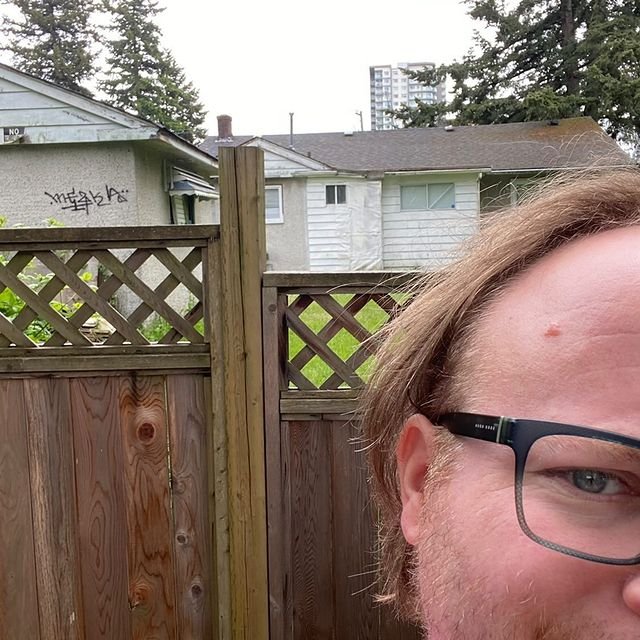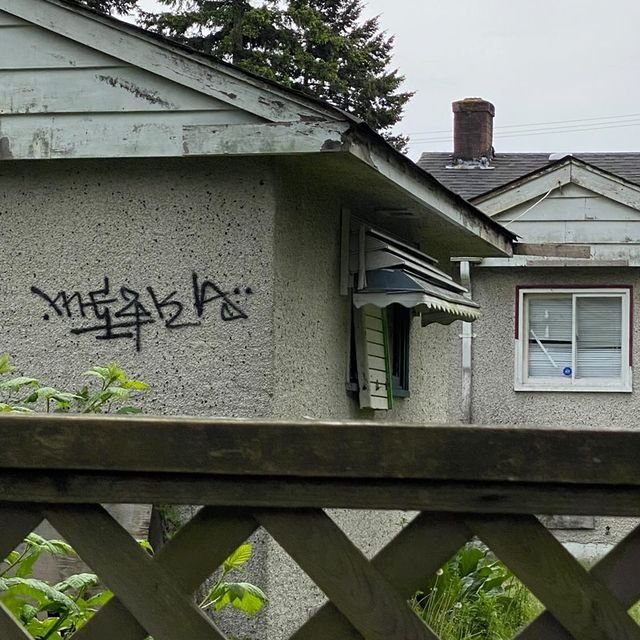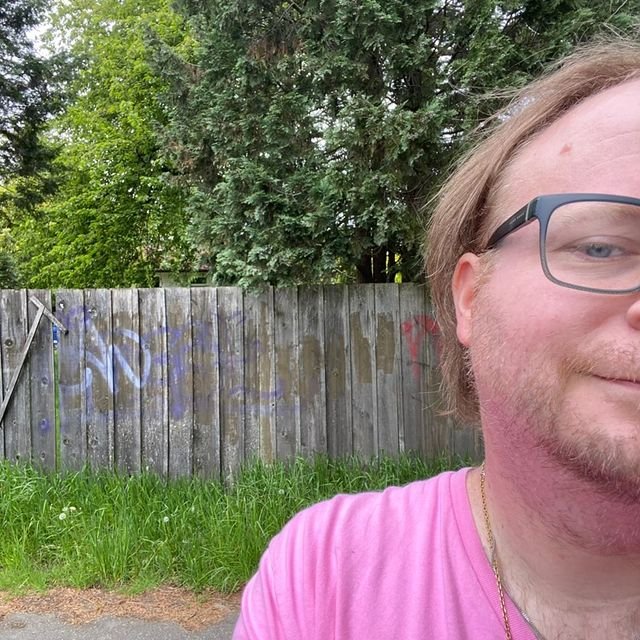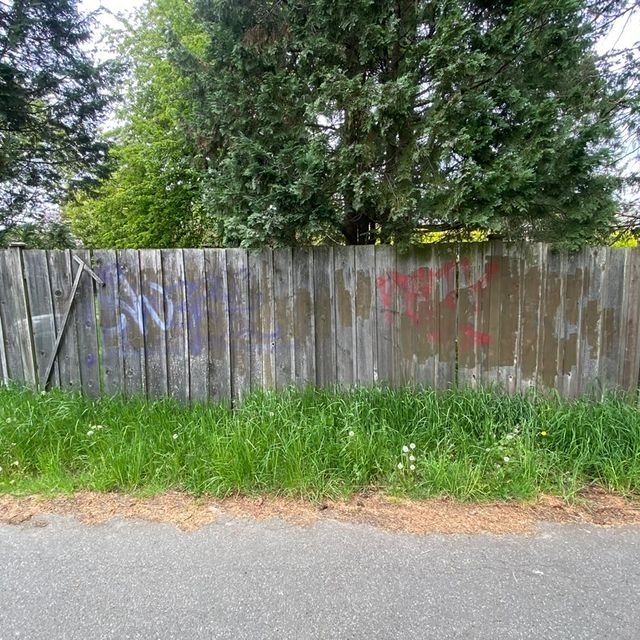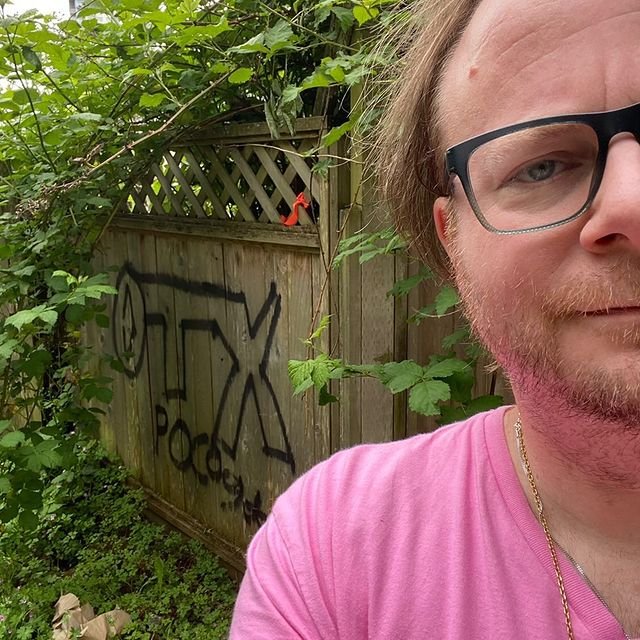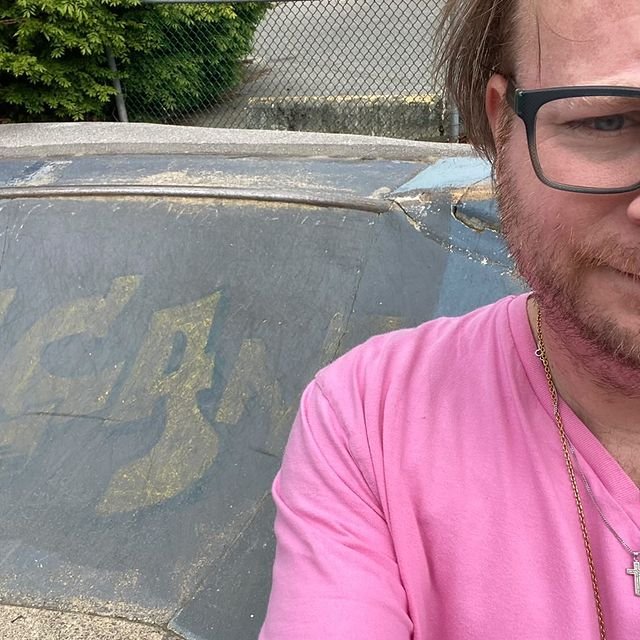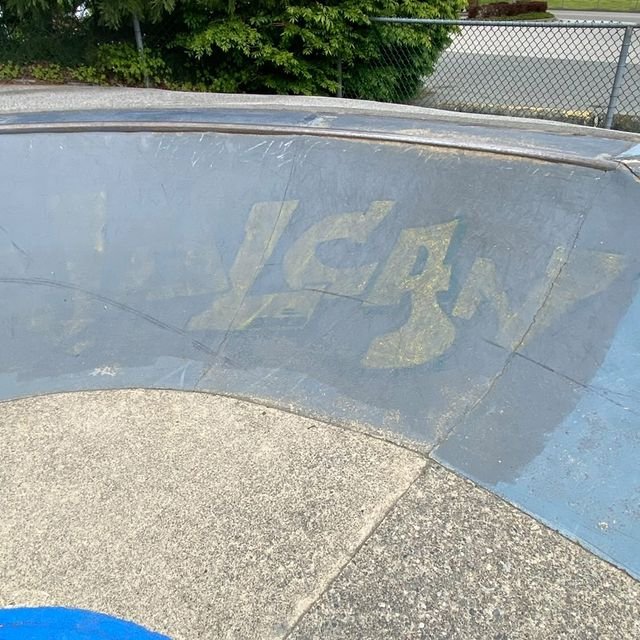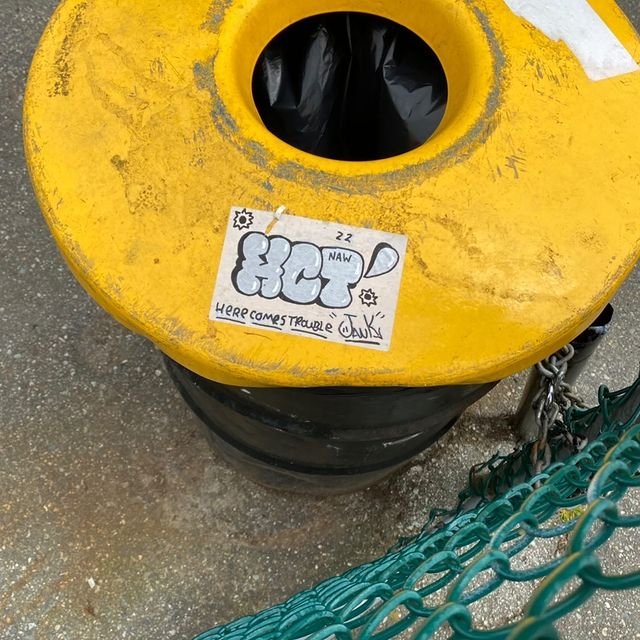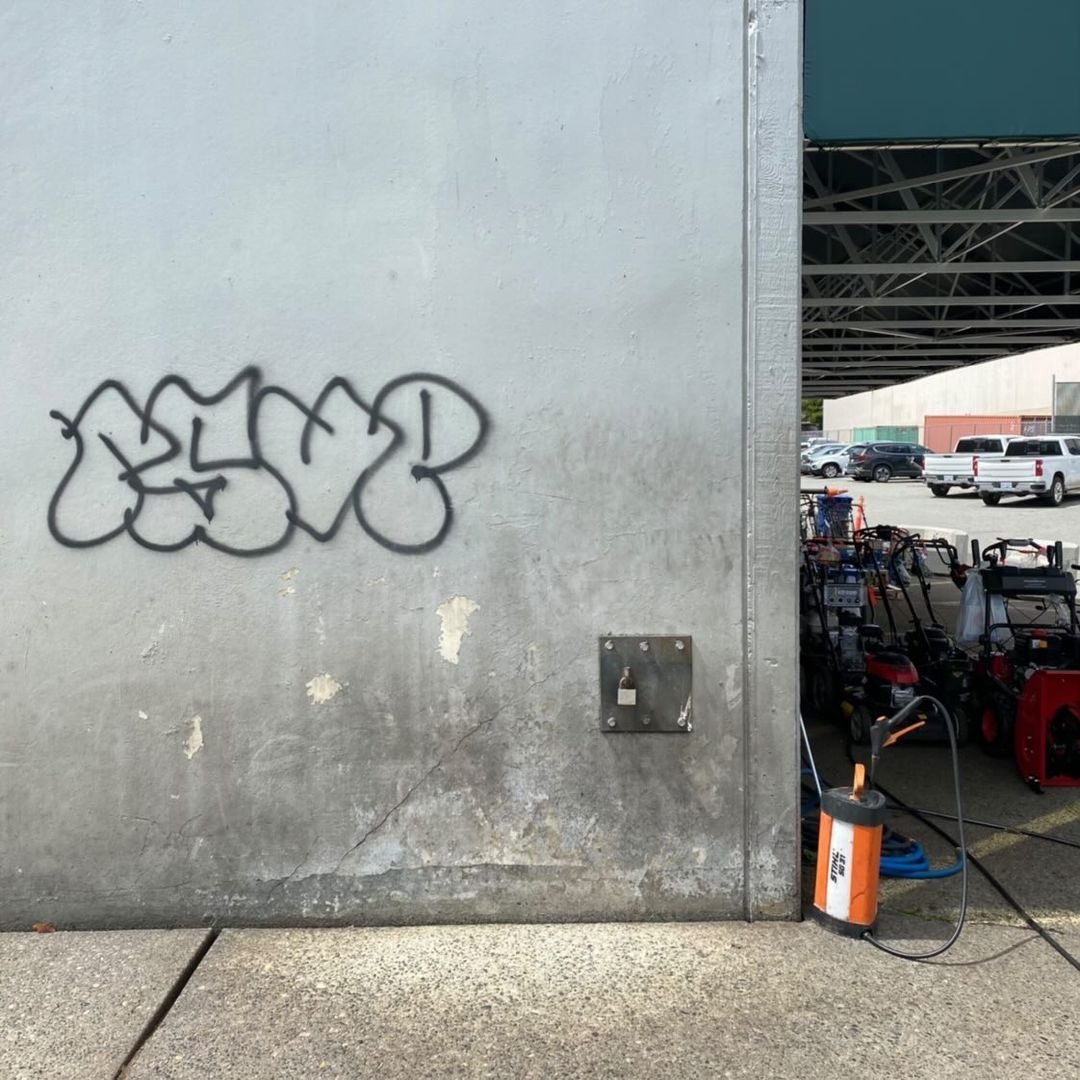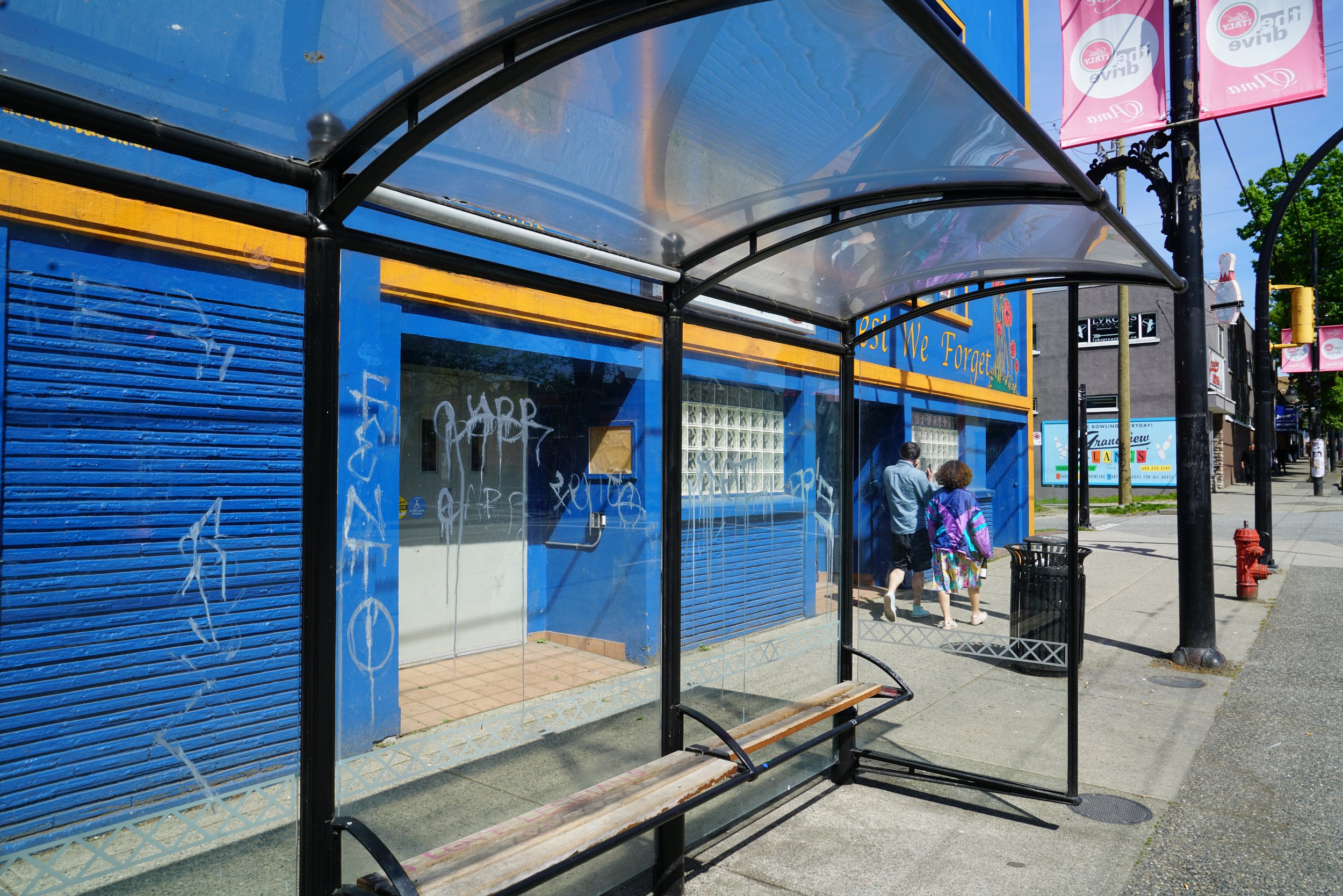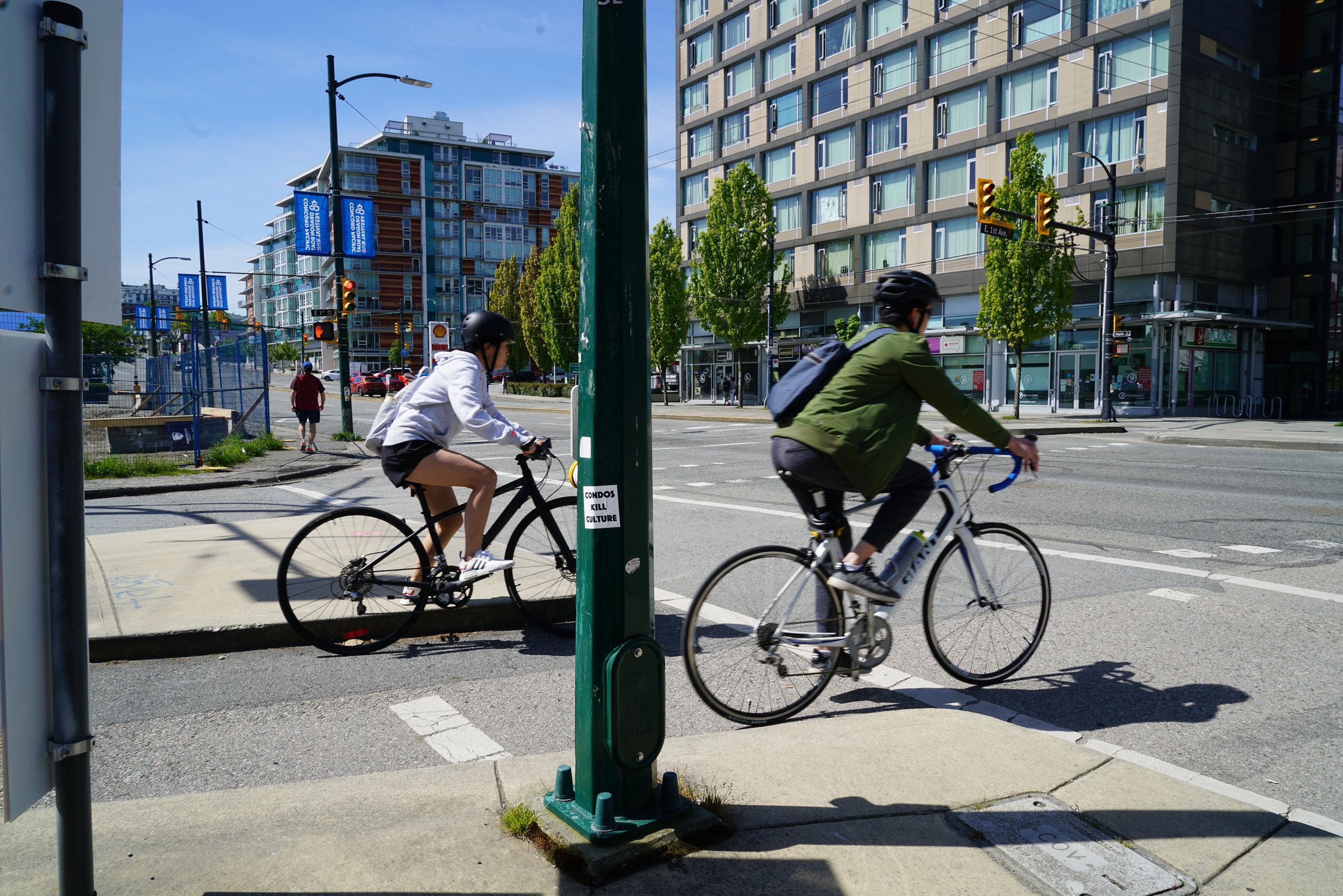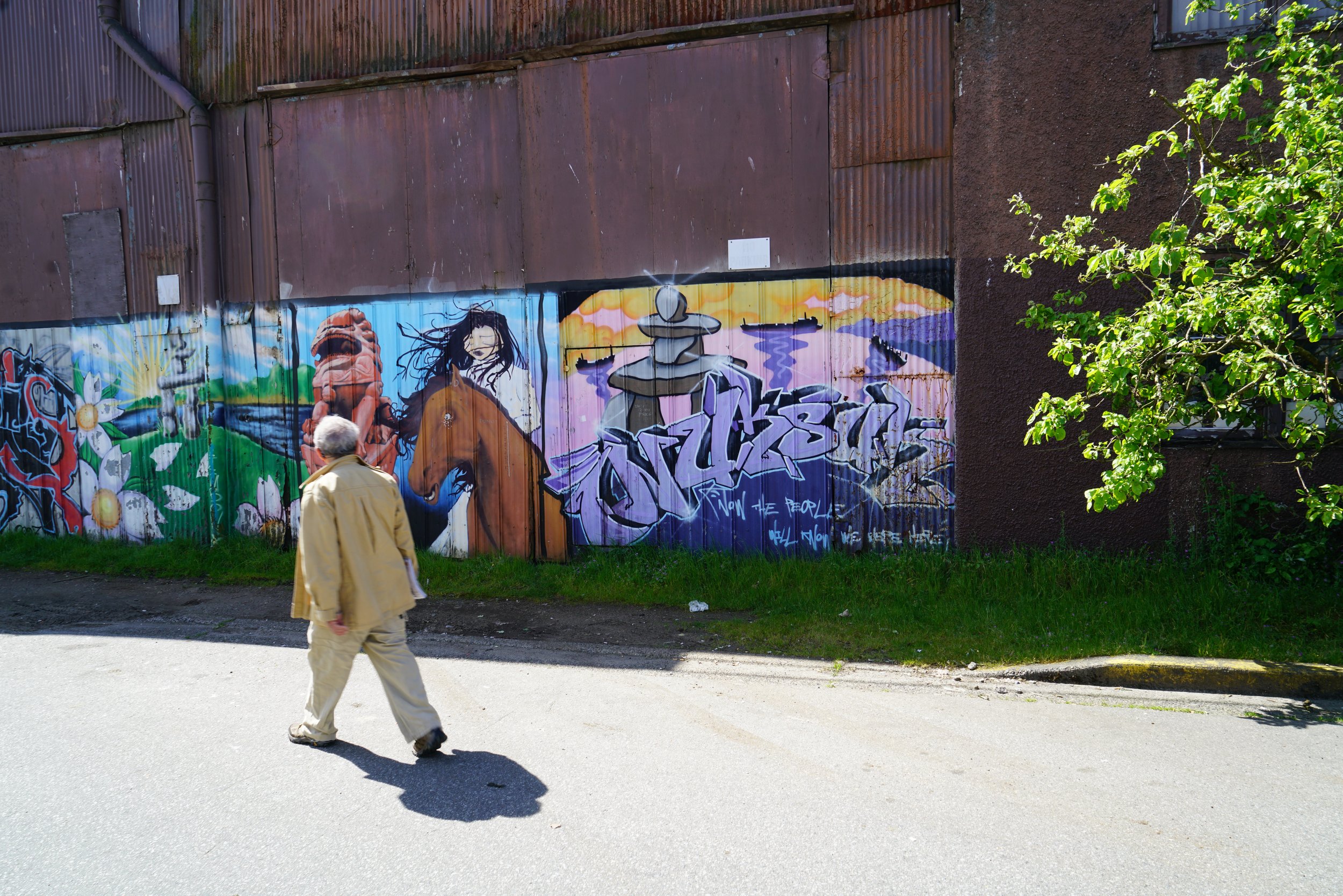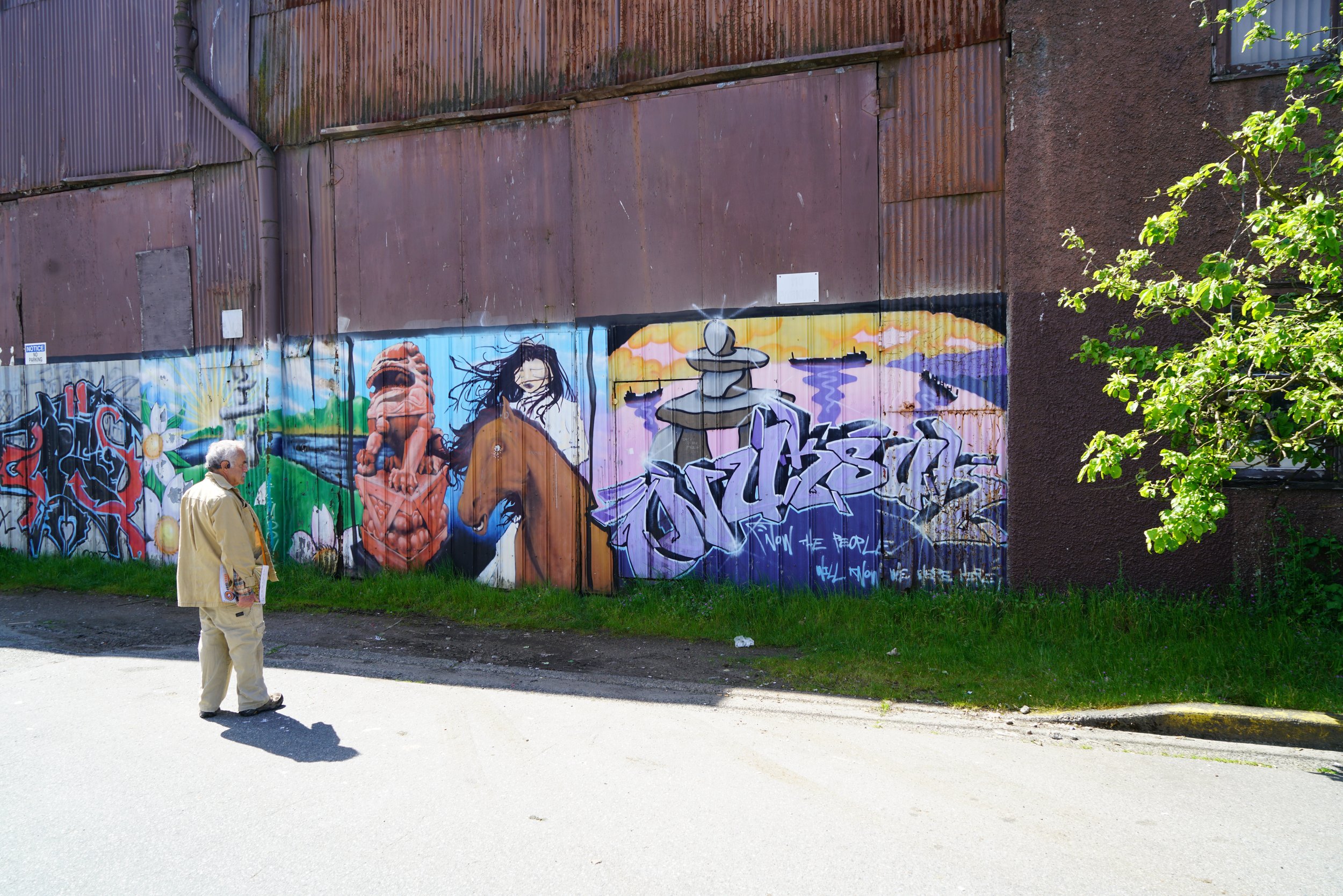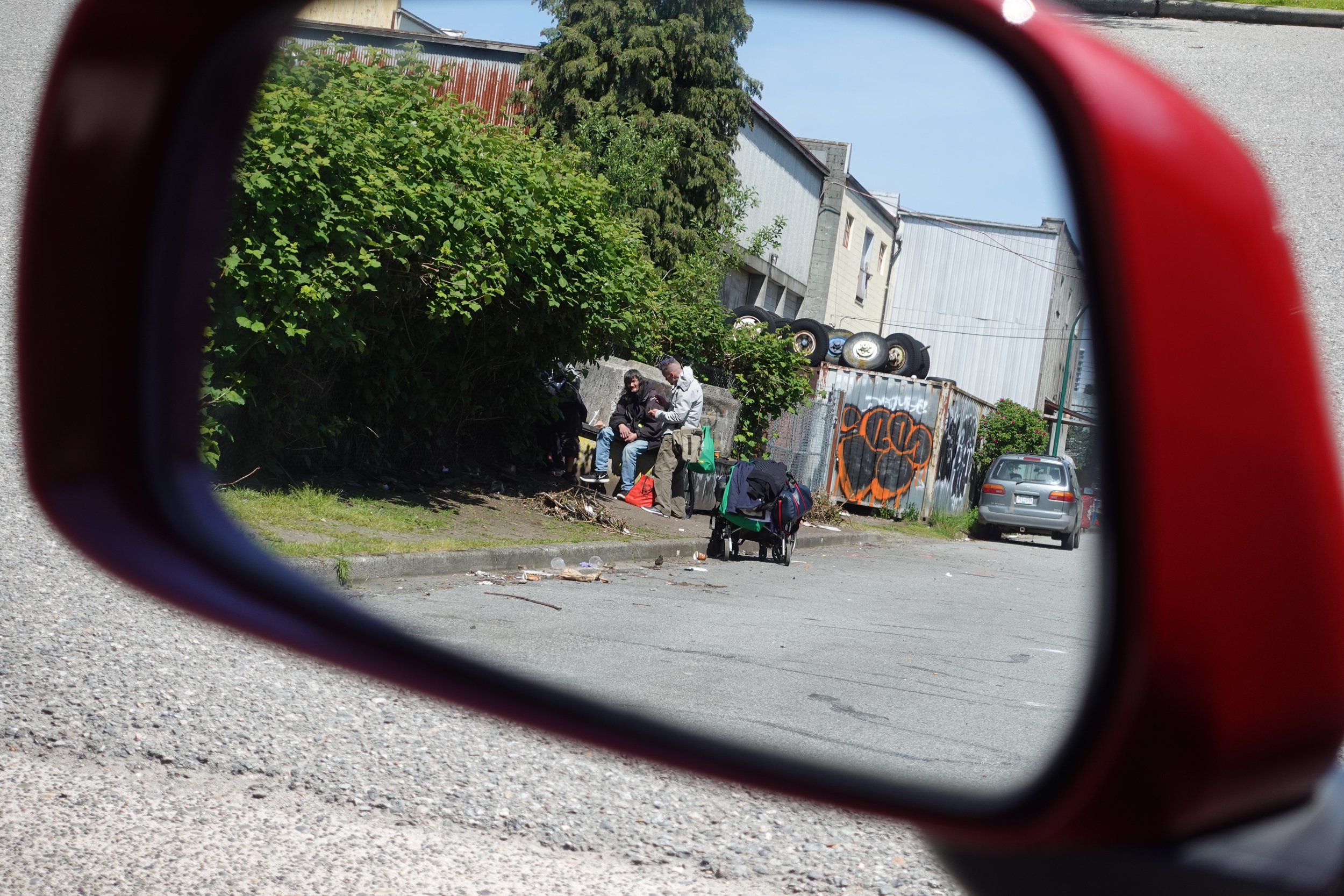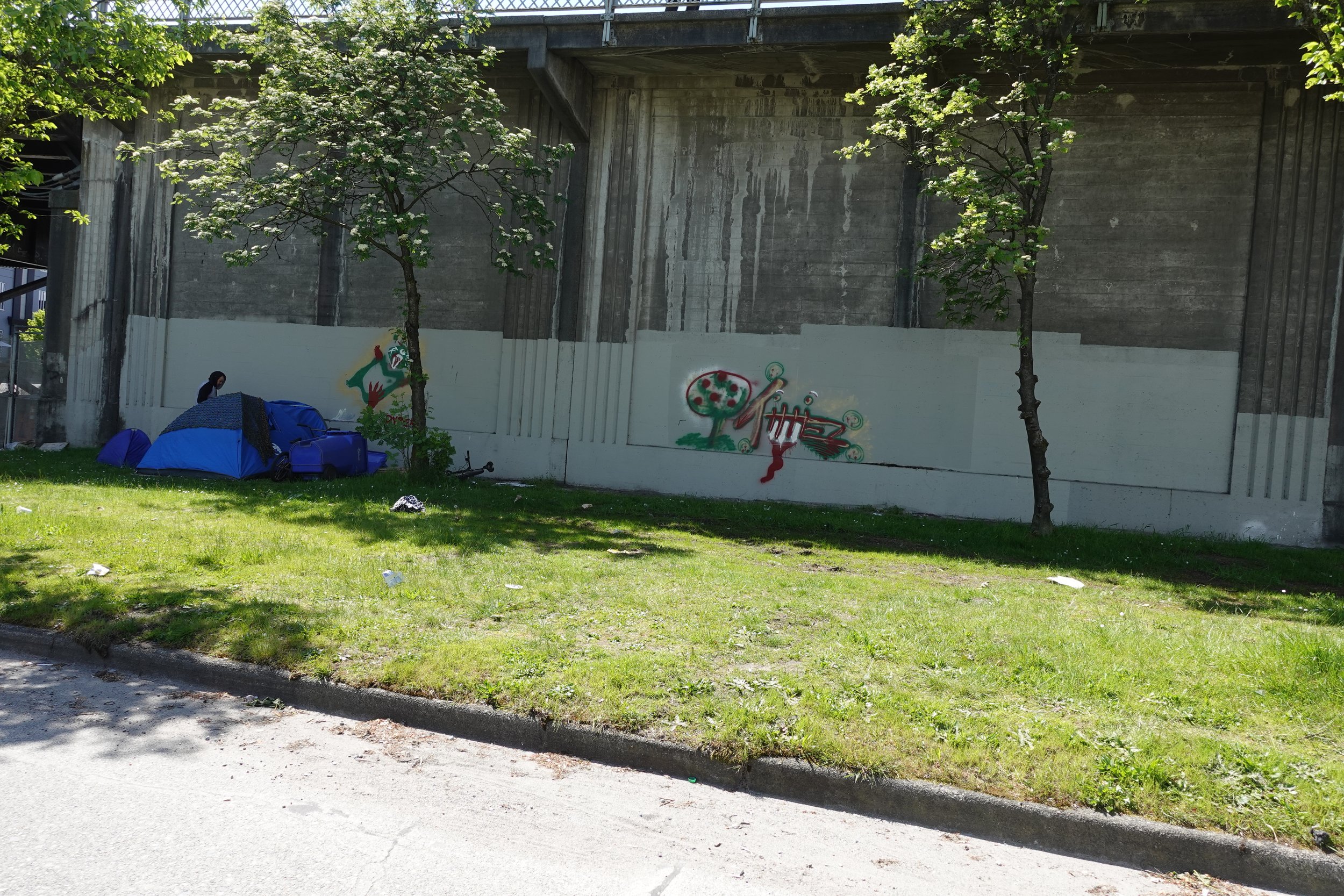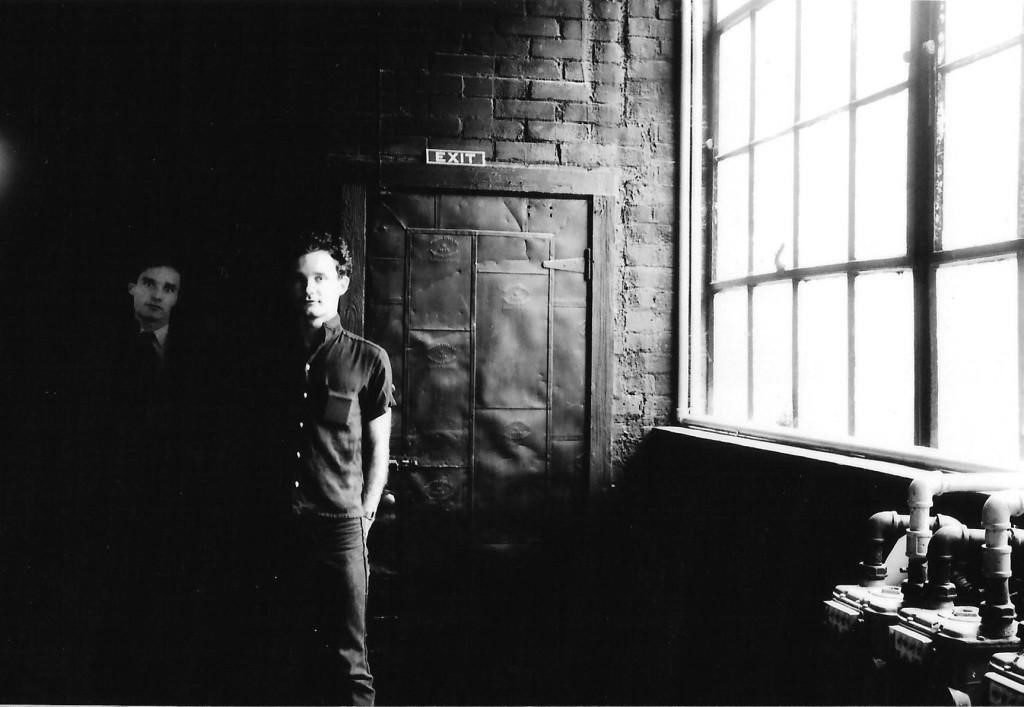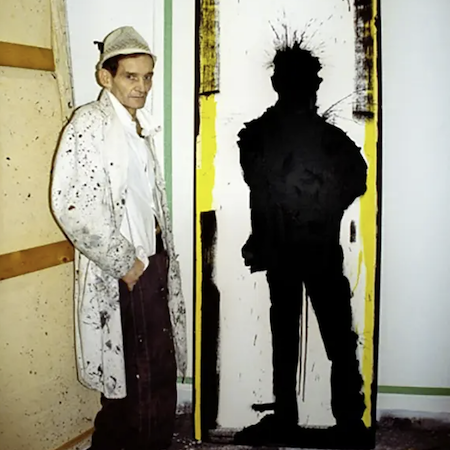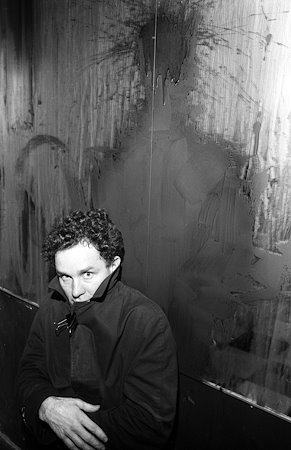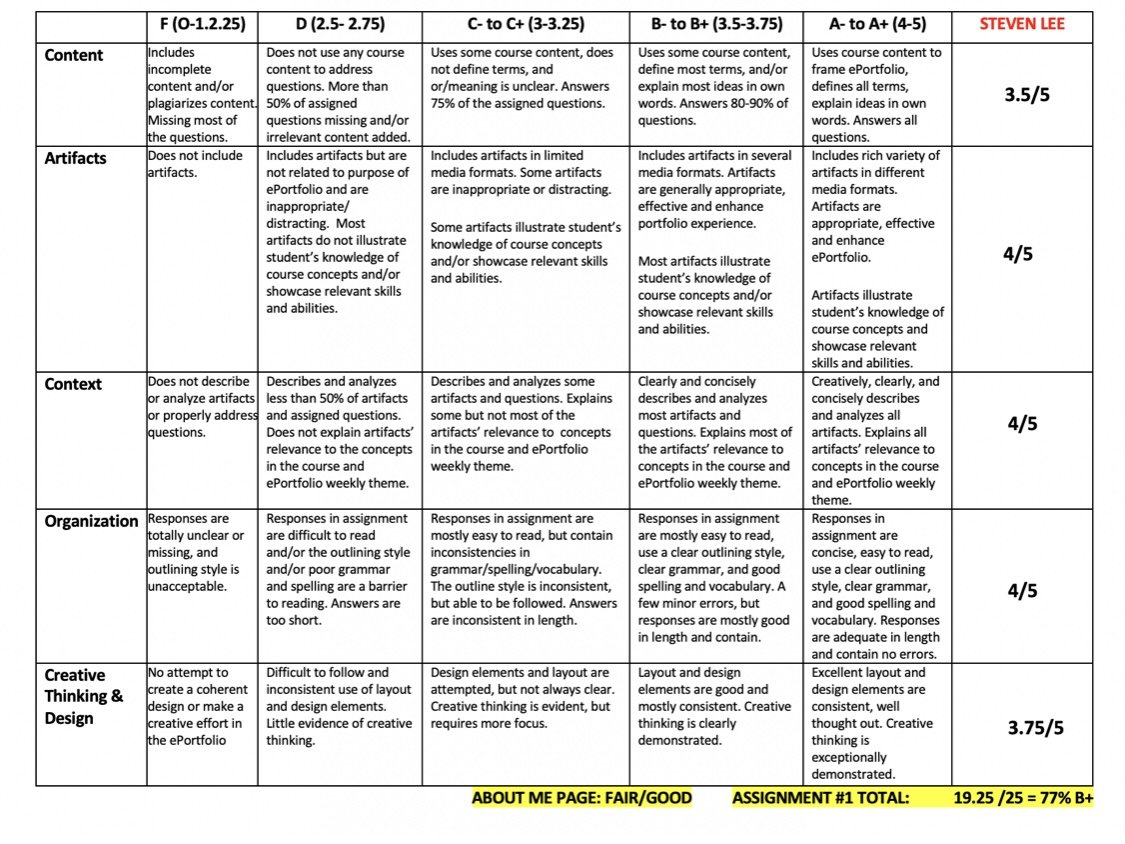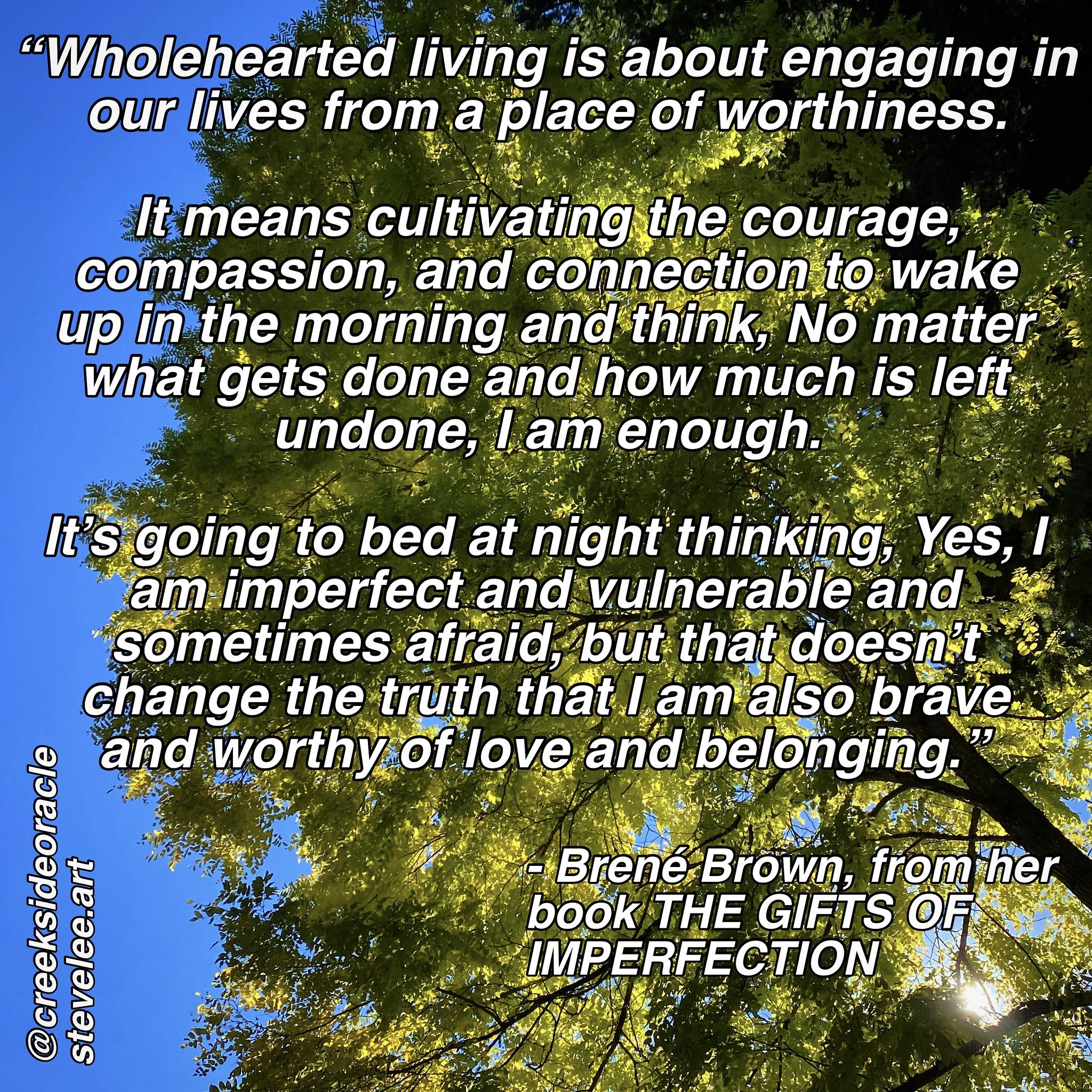ANNOTATED BIBLIOGRAPHY PREPARATION
For your final project due June 26th, you will be asked to include an annotated bibliography at the end of your written project of 6 CAREFULLY SELECTED SOURCES that should include at least three resources that are scholarly in nature (i.e. book, book chapter, scholarly journal article) that you consulted and would ideally help someone just coming to your project learn about your chosen artists, art works, themes, ideas, history, etc..
I would like you to use this Assignment to get started on your annotated bibliography and produce THREE annotation entries for your project. For this assignment, at least one of the entries must be linked to a scholarly source and you can use one source provided in the course library on Moodle. The final three entries must be 200-250 words each and include the following:
Summarize and briefly describe the chosen source, who created it, where it was published and any other details of interest about the author or publisher.
Briefly describe and identify the main argument/thesis of the source in your own words using any quotations sparingly.
Discuss why you chose this particular source for the bibliography and how it helps you express the stakes and themes of your exhibition and/or support educating your target audience.
For your PebblePad entry, make sure to link to your source and add an image/screen grab of the source for illustration. Remember I am grading you on strategically you are choosing source material to enhance an understanding of your curatorial project.
Gelperin, Roman. And It Was All Your Fault: Unraveling the Inner Psychology of Depression, How it Begins, and What Cures it. Roman Gelperin, 2019. Chapters 1 & 2.
Chapters 1 & 2 of Roman Gelperin’s book, And it Was All Your Fault provides an overview of depression and an overview of the symptoms and causes of depression as a mental illness. He opens his overview by comparing the first time someone falls into a clinical depression with the first time someone falls in love. Both of these specific experiences come with overwhelming feelings and changes in one’s behaviour that are what Gelperin describes as being alien to the one experiencing these feelings. Gelperin not only relates information from the DSM-4 and 5, which provide a basis for understanding depression from a psychiatric point of view, but he also provides a brief historical overview - wherein depression itself as a concept dates back to the 5th century BCE and the time of Hippocrates. Ultimately, I was drawn to this work to help better understand what depression is, as a way into figuring out how psychology views it as a mental illness
Rustin, Terry A. “Using artwork to understand the experience of mental illness: Mainstream artists and Outsider artists.” Psycho-social medicine vol. 5 Doc07. 8 Jul. 2008 PMID: 19742284; PMCID: PMC2736519.
Rustin’s article, “Using artwork to understand the experience of mental illness” was his exploration of how artwork can help to explore the complex emotions and feelings related to mental illness. It did this through an examination of the art historical cannon of artists and art movements that Rustin felt accomplished this goal: specifically, through art brut (which can be defined as coarse or rough art), which can also be included in outsider art, art that is created by individuals who stood outside of the traditional art establishment. Rustin explores artists such as such as Bernard Buffet, Edward Munch, Mark Rothko, and Vincent Van Gogh to explore how art can exist as a reflection of mental illness, and in particular, depression. In addition to this art historical examination, Rustin examines how he created his own paintings to help explore and better understand what his clients were going through. I liked this article for the historical context it provided, as well as for how Rustin examined outsider artists who, as a group could include the many urban, graffiti, and street artists that exist, many of whom were self-taught, developing outside of the influence of traditional art schools in a DIY culture. As seen in the work of artists I’m considering for this exhibition, many also explored the feelings of isolation, rejection, loss, and alienation that Rustin references, which exist within the world of mental illnesses such as depression.
Stuckey, Heather L., & Nobel, Jeremy. “The Connection Between Art, Healing, and Public Health: A Review of Current Literature”, American Journal of Public Health 100, no. 2, 1 Feb 2010, pp. 254-263. https://doi.org/10.2105/AJPH.2008.156497 PMID: 20019311
Stuckey’s article, “The Connection Between Art, Healing, and Public Health” was a review of studies concerning research studies conducted primarily between 1995 and 2007 on the topic of the arts and healing. The study looked at four areas of creativity, specifically: music, visual arts, movement-based creative expression, and creative writing. I chose to focus on primarily on the section devoted to the visual arts (although I also looked at the section regarding expressive writing). The article concluded that qualitative research has shown that there is likely a connection between engagement in the arts and an overall positive improvement regarding one’s own health outcomes including reductions in depression, negative emotions, and stress - although it noted that more quantitative studies with control groups were needed to help confirm the qualitative conclusions. I found this article when I was searching for information about how the visual arts can help open up discussions on difficult subjects such as mental health. I was hoping that the information might be as simple as viewing works of art, but the study did primarily discuss studies that involved participants making art, in hospitalized settings. Another recommendation of this review was that more studies should be conducted to see if similar outcomes could be achieved in community based settings - and I wonder if that could involve anything as simple as seeing a work of art on the street or in public. Many artists do make art as a way of dealing with issues they are personally facing - as seen with artists I’m looking at for this exhibition such as Ryan Brunty, and TrustyScribe; as well as other contemporary artists such as Juliet’s Christy, Marcia Diaz, and Tracey Emin. And of course, one can also look at a much wider range of artists from the art historical cannon including Frida Khalo, Edward Munch, and Vincent Van Gogh.
CREATIVE ACTIVITY: Creative Engagement with “Banksy and the Rise of Outlaw Art” (2020)
For this week’s module theme, the street art film I chose focuses on last week’s theme of “punk capitalism” and the institutionalization of street art, along with this week’s focus on urban art and its intersection with gentrification and shifting urban tensions globally.
STEP ONE: Select one of the themes listed below to work with and watch the film looking for place.
STEP TWO: Once you've chosen which question to work with, please use any creative way that you like (text + image collage; drawing; poetry; short story; video; etc..) to answer and address the question, focusing very specifically on the chosen question’s theme.
2. INSTITUTIONALIZATION OF STREET ART: How does the film capture the ways in which street art was in tension with traditional art spaces and/or how street artists attempted to be in conversation with the art world?
“It isn’t easy getting your work into some of the world’s best museums, especially the way I’ve ended up going about doing it. Not that the way it’s traditionally done is any easier. Maybe it’s easier if you’re dead.” I squirmed a little bit in my seat, the hoodie I wore was hot and uncomfortable. The bandana that covered my face was making my right cheek itch. Wearing sunglasses indoors at night also felt like I was impersonating Romo Lampkin on the Battlestar Galactica reboot, a lawyer who wore shades inside a spaceship with no windows.
Photo: Steve Lazarides. “Banksy.”
“I remember when I first started bombing tags, throw-ups, and masterpieces all across the city. I was one of hundreds doing it across the UK, trying to etch out a style that might get me noticed by not just other writers, but by the public too. It’s great to be noticed by your peers, but better to be noticed by a wider audience.” I picture the director assembling a montage with imagery of some of my early street pieces. His camera stood still, standing firm on a tripod in my London apartment. At times I became fixated on the flashing red light that indicated the unit was recording. “When I wasn’t on the streets, my head was often buried in my sketchbook. My eyes darted across the page, keeping up with my hand that moved tirelessly to fill its blank pages with ideas for pieces and notes about where they might eventually live on the street.” I paused. I’m not used to this kind of interaction – not one that’s so prolonged anyway. We’re not sure what we will do with this yet. I haven’t agreed to release this yet, just to film it with my friend who is a video documentarian. There’s been a lot already said about me, by my friends, with permission of course, but I’ve always stuck to the shadows. “When my work shifted from writing to stencils featuring various figures and other characters, their accessibility helped in generating a following that was somewhat unexpected. I bombed these stencils as frequently as I used to bomb my tags. Making them ubiquitous was still the main concern. I think that’s a staple of any artist whose work originates on the street. But while commercial galleries were open to receiving the work of street artists, the more traditional galleries and museums always turned a blind eye. Finding any crack to let the light pour in was always so difficult. You see that all the way back to Basquiat, when the only work he had a place like MOMA was something they got on loan, where during his life, they never purchased anything because they were too blind to see the value in it. So, the first time I installed one of my works in a museum, it was pretty much on a dare. But we knew how much of a message it would send if we could pull it off. A giant middle finger to the establishment that was so afraid to even acknowledge urban street art. With each museum that followed, it became like a high stakes poker game. Like something out of Ocean’s Eleven. Only instead of trying to rip off the house, we were trying to leave something behind. A mark.”
I shifted in my seat, my hands rested on my legs, and I felt the texture denim of my dark blue jeans beneath my hands as I slowly rubbed them as I spoke. “When it came to Sotheby’s though. Now this was an idea that I’d had percolating in my mind for a long time now. Like leaving works in the museums, this would serve as a chance to take something away from those who only saw the work for the money that could be made off of it. Like DaVinci and countless other artists have done before me, I journal extensively about my ideas. I sketch them out, exploring different possibilities. The floor of my closet has several boxes full of old black books that will probably sell for millions should they ever fall into the hands of others after I shed my mortal coil. I’ve ripped up a lot of those sketches, tearing them right out of my sketchbook, sometimes with rage and frustration, other times rather nonchalantly. Other times I’ve scribbled over pages when something wasn’t working the way I wanted it to. I’ve also talked to my most trusted friends about it, and sketched more designs based off of their ideas, before building a test unit – sixteen by twenty inches in size with the parts I’d acquired from a hardware store. The frame, from a second hand store. Electronics as a hobby is pretty nonexistent these days and anyone who does need components can get them on the Internet which is what I’ve done, although what I’ve built didn’t need much. I was insanely giddy when the mockup worked, and it’s something that still hangs on the wall of my studio today.”
I looked up and out the window. “Being there, was kind of surreal. It was the last item to be sold that day. Everything was in place. The gavel came down and I pressed the button. At first no one really noticed, but quickly – it was like the room was on fire. The auctioneer’s look of horror. Cell phones recording it for prosperity. News coverage for days. Of everything we’ve ever done, it was pretty sweet. It’s amusing to see how people trip over themselves to get a piece of my work. Every celebrity will say this, that they never ask to become famous. I just wanted to make my art, but once you reach that level, you gotta leverage it. But that leveraging comes with it’s own host of issues. But things are starting to change. The work we are doing with the museum in Bristol for example. Of course, they see it as a way of attracting more people in to see the work they’ve always had. And I see it as helping to push the acceptance of urban street art by not just myself, as I’m already seen, but to maybe open doors for people who come after me. It’s a tit for tat, some might say we’re using each other, but isn’t that the basis of all transactions in our capitalist society? Will this become a new normal? Perhaps. I don’t know. We’ll see. It’s nice not having to fight to be seen, to be accepted by what’s seen, as a kind of higher echelon of art. At the end of the day it’s just art, a means of expression, of telling stories, of offering critiques and new ideas. That’s never been a criminal undertaking in my mind. No. To me, it doesn’t matter where art lives as long as it’s accessible to the world.”
